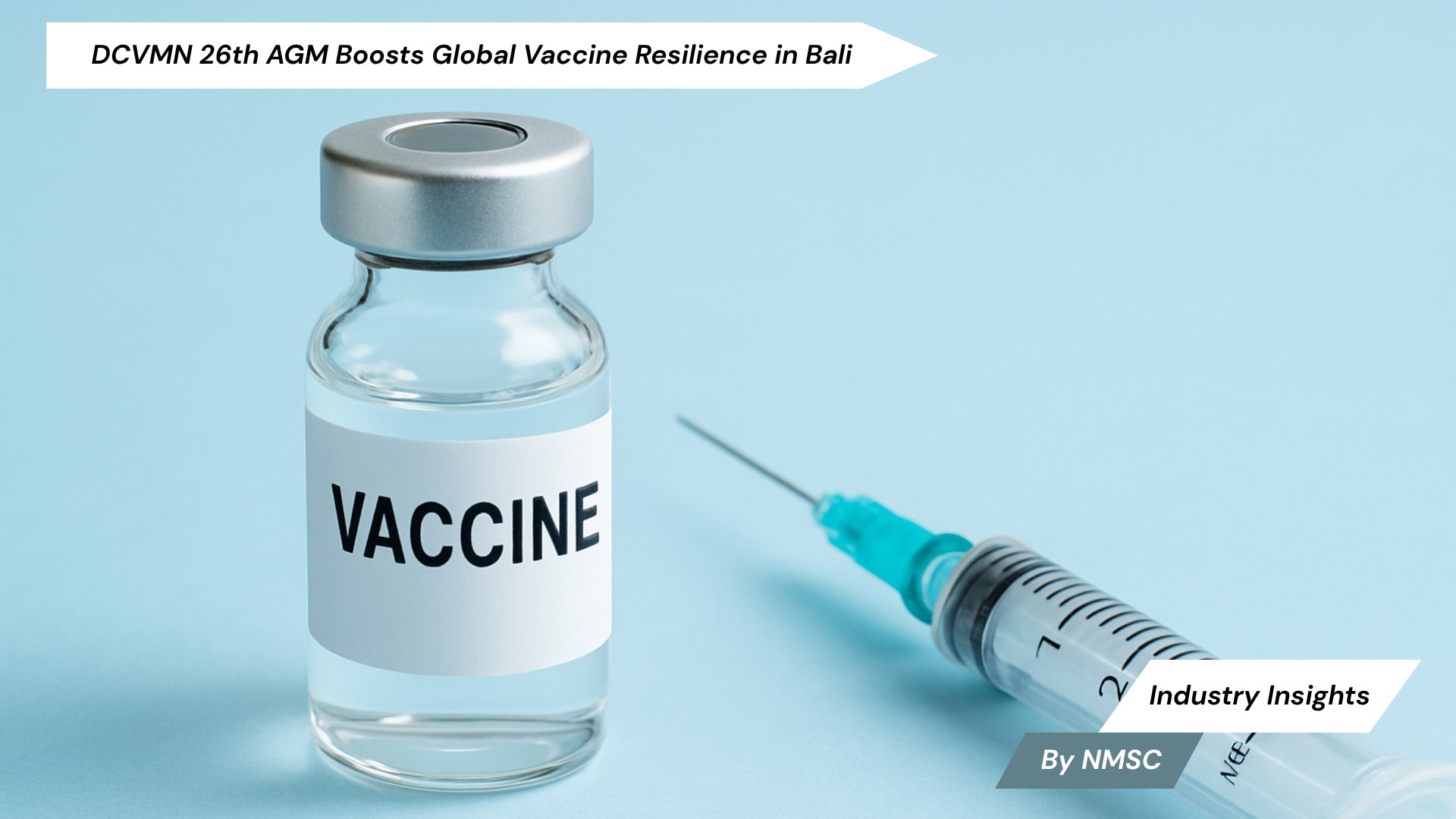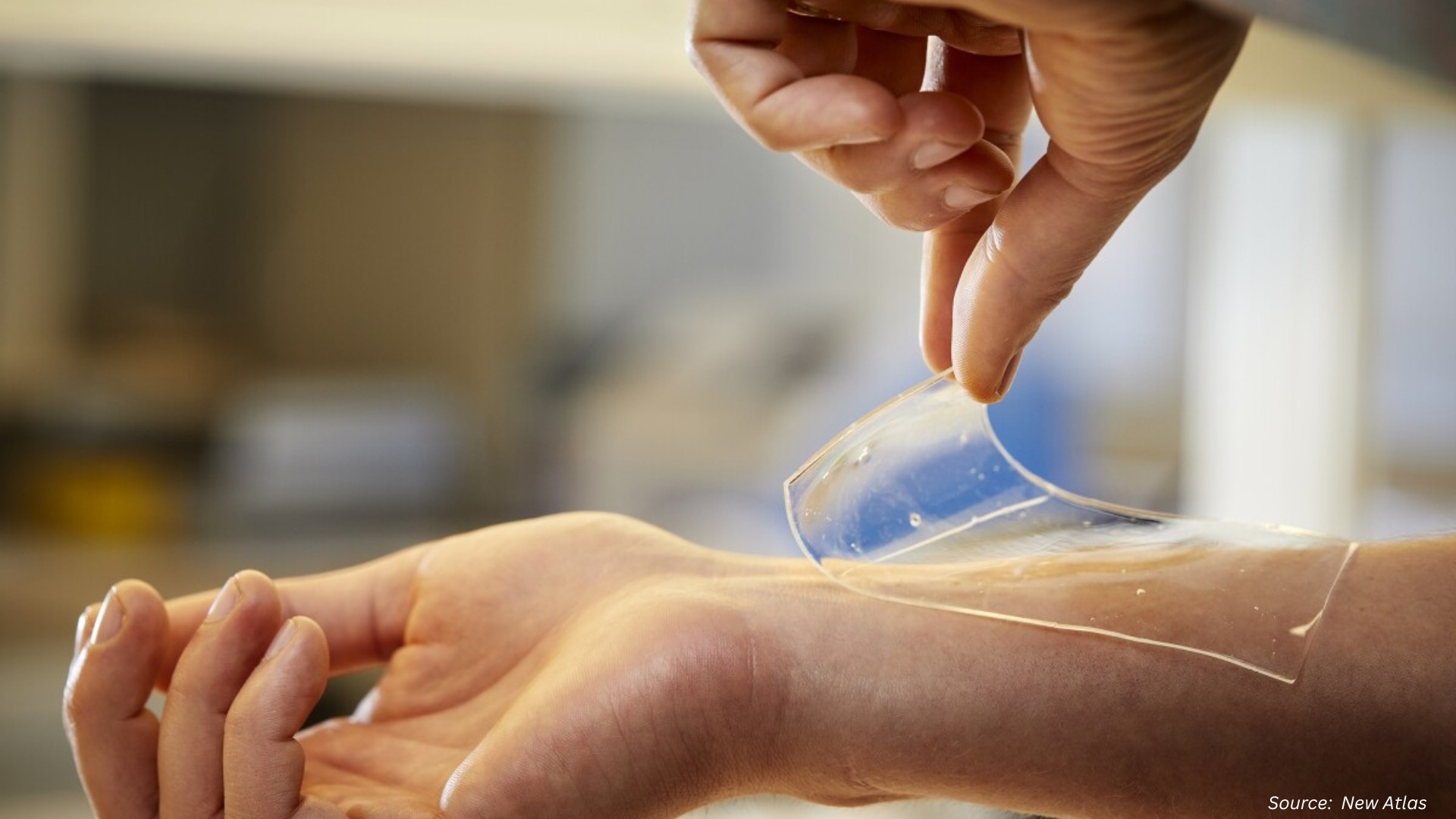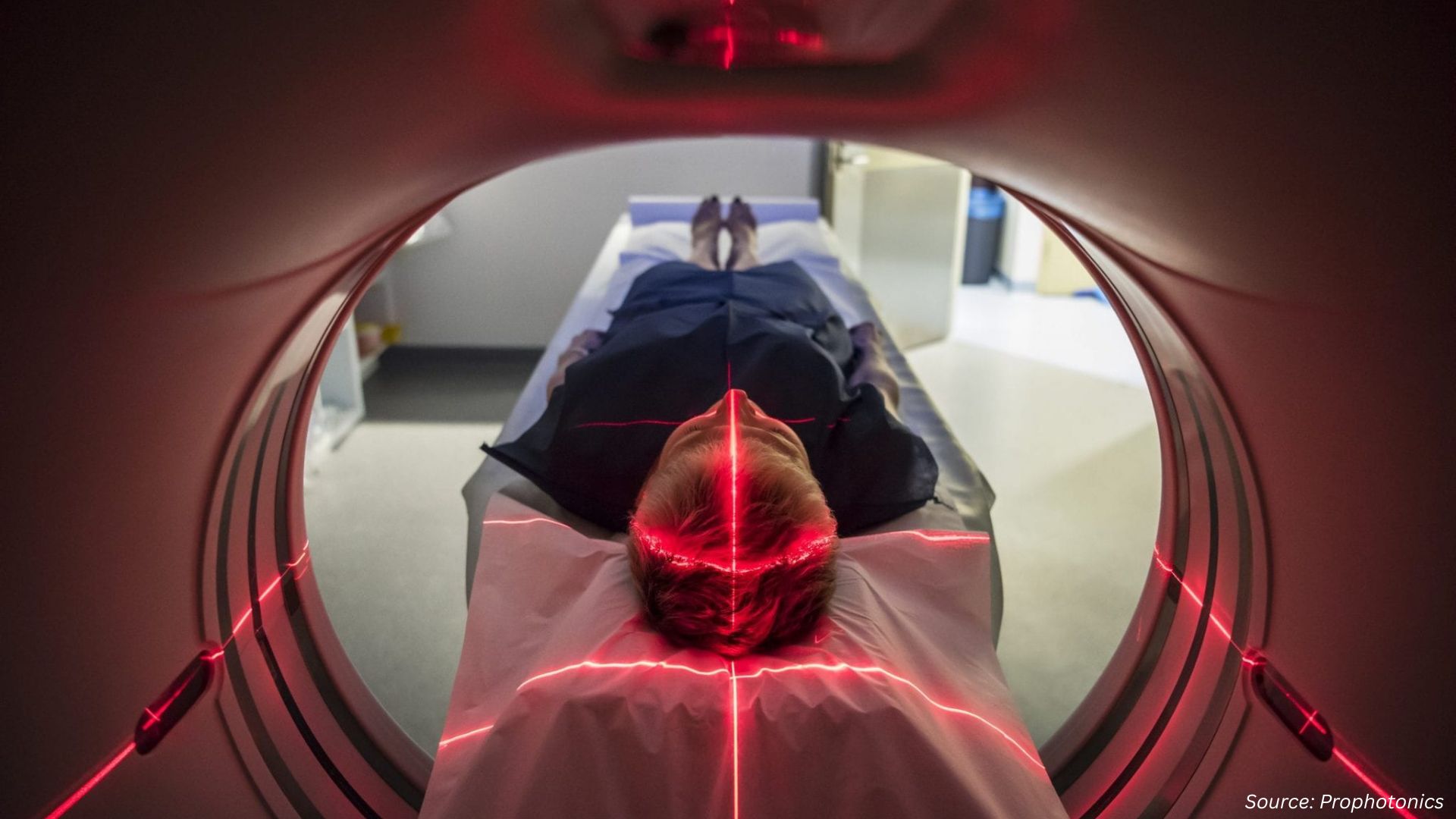In-Vitro Diagnostic Market is Expected to Reach 114.02 Billion by 2030
Published: 2025-08-20
The growing prevalence of chronic and infectious disease across the globe along with the rising population of elderly people worldwide drives the In-vitro Diagnostics Market growth.
The global In-Vitro Diagnostic (IVD) Market size was valued at USD 83.63 billion in 2023 and is predicted to reach USD 114.02 billion by 2030, with a CAGR of 4.2% from 2024 to 2030
The rising prevalence of chronic and infectious diseases, including cancer, cardiovascular diseases, diabetes, and various infections, is significantly driving the demand for diagnostic tests in the in-vitro diagnostics (IVD) market. As healthcare systems strive to address these escalating health challenges, there is a growing emphasis on early detection, disease monitoring, and personalized treatment strategies.
According to the World Health Organization, noncommunicable diseases (NCDs) are responsible for an alarming 41 million deaths annually, accounting for approximately 74% of all global fatalities. Among NCDs, cardiovascular diseases lead the mortality statistics, claiming 17.9 million lives each year, followed by cancers at 9.3 million, chronic respiratory diseases at 4.1 million, and diabetes at 2.0 million.
In-vitro diagnostics, with their ability to provide rapid and accurate diagnostic information, are indispensable in facilitating proactive healthcare interventions and improving patient outcomes. Consequently, the market is poised for substantial expansion as healthcare systems worldwide intensify efforts to combat the growing burden of chronic and infectious diseases.
Moreover, the aging population, characterized by an increasing prevalence of age-related diseases and conditions worldwide, is a primary driver of growth in the in-vitro diagnostics (IVD) market. As the population ages, the incidence of age-related diseases and conditions rises, necessitating more frequent diagnostic testing for early detection, monitoring, and management to prevent further progression and complications.
This demographic shift is evident from the projected increase in individuals aged 65 years and older, expected to more than double from 761 million in 2021 to 1.6 billion by 2050 globally. Consequently, healthcare providers face the growing challenge of addressing the evolving healthcare needs of elderly individuals, thereby driving the demand for advanced diagnostic solutions.
Also, the specific healthcare requirements of the aging population underscore the necessity for precise diagnostic technologies tailored to individual needs. Thus, the aging demographic plays a pivotal role in shaping the development of in-vitro diagnostic market growth, significantly influencing its future trajectory.
However, high costs associated with research, development, and regulatory approval are significant factors restraining growth in the in-vitro diagnostics (IVD) market. Companies in this sector must make substantial financial investments to navigate the complex landscape of research and development. This investment includes extensive clinical trials, laboratory testing, and product refinement to ensure accuracy and reliability.
Additionally, obtaining regulatory approvals from agencies such as the FDA requires strict adherence to rigorous standards, further compounding the financial burden. These financial constraints can discourage potential market entrants and limit expansion efforts, thereby hindering overall industry growth.
On the contrary, the introduction of point-of-care testing (POCT) presents a significant opportunity for the in-vitro diagnostics (IVD) market in the coming years. POCT is particularly valuable in situations where immediate results are crucial, such as in emergency departments, ambulances, and remote healthcare settings. These technologies offer rapid tests for a variety of conditions, including infectious diseases, cardiac markers, glucose levels, and pregnancy.
By enabling healthcare providers to quickly assess patients' conditions and make timely treatment decisions, POCT complements traditional laboratory testing. Integrating POCT with conventional IVD enhances diagnostic capabilities, leading to more efficient and patient-monitoring care. This integration streamlines workflows, facilitates faster diagnosis and treatment initiation, and ultimately improves patient outcomes.
Request for a Sample PDF on the In-Vitro Diagnostic Market
According to the report, the top players operating in the in-vitro diagnostic industry include F. Hoffmann-La Roche AG (Roche Diagnostics), Abbott Laboratories, Danaher Corporation, Thermo Fisher Scientific Inc., Siemens Healthineers AG, Becton Dickinson And Company (BD), BioMerieux SA, Bio-Rad Laboratories Inc., Qiagen N.V., Sysmex Corporation, Hologic Inc., Mindray Medical International Limited, DiaSorin S.p.A., ARKRAY Inc., Bruker Corporation, QuidelOrtho Corporation, Illumina Inc., Revvity (formerly PerkinElmer), EKF Diagnostics Holdings PLC, Autobio Diagnostics and Others. These key market players are adopting various strategies, including partnerships, collaborations, mergers, acquisitions, and innovative product launches across various regions to maintain their dominance in the market.
For instance, in January 2025, F. Hoffmann-La Roche AG (Roche Diagnostics) and Company Launched the cobas® Mass Spec solution, automating mass spectrometry in clinical labs.
Also, in January 2024, BioMérieux SAAcquired LUMED, a clinical decision support software firm to enhance infection monitoring and antimicrobial stewardship.
Moreover, in May 2025, Thermo Fisher Scientific Inc., Expanded offerings in modular, semi-automated immunoassay platforms with next-gen digital capabilities.
Key Insights from the In-Vitro Diagnostic Market Report:
-
The information related to key drivers, restraints, and opportunities and their impact on the in-vitro diagnostic market is provided in the report.
-
The value chain analysis in the market study provides a clear picture of the roles of each stakeholder.
-
The report provides an analysis of the in-vitro diagnostic market share and competitive landscape of key players in the industry.
















Add Comment